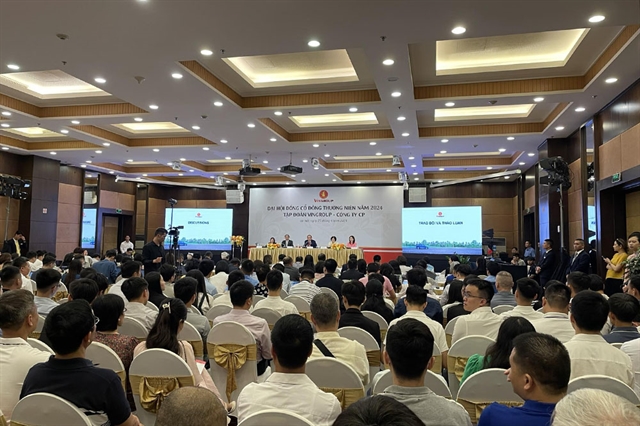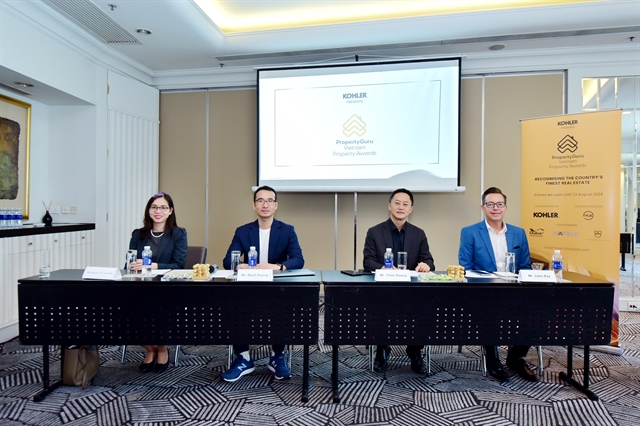

By Ong Keng Yong *
Executive Deputy Chairman, S. Rajaratnam School of International Studies
 |
| Mr. Ong Keng Yong |
ASEAN @50 series
By Ong Keng Yong *
Executive Deputy Chairman, S. Rajaratnam School of International Studies
Asean has enjoyed a relatively successful and prosperous first 50 years. A key milestone is the establishment of the Asean Free Trade Area (AFTA) which laid the foundation for the Asean Economic Community (AEC), one of the three pillars of the Asean Community. With 2017 marking the 50th anniversary of Asean, it is apt to chart out a roadmap of key issues of regional importance for the next five decades. To ensure continued success, Asean needs to further consolidate economic integration, capitalise on favourable demographic factors and channel the skills of today’s tech-savvy youth to harness the digital revolution.
Against the backdrop of growing anti-globalisation and protectionist sentiments across the world and an unpredictable US Trump administration, it has become an imperative to maintain economic growth for continued stability and prosperity in the region.
As such, intra-Asean initiatives like the AEC as well as regional initiatives such as the Regional Comprehensive Economic Partnership (RCEP) will be the cornerstone in making Asean the bulwark of an outward-looking Southeast Asia, championing trade liberalisation and engaging the rest of the world.
The successful completion of RCEP will link Asean, a market of 630 million people, to its six partner countries (China, Japan, South Korea, India, Australia and New Zealand) creating a bigger market of 3.5 billion people.
In recent years, Asean has been growing by around 5 per cent a year, ushering the rise of a huge middle class.
The Asian Development Bank estimated that by 2030, nearly half a billion of population in Asean will be classified as middle income class. Asean can perform better, with a potential growth rate of 7 per cent if member states align their interests with the Asean community agenda. At the start of 2016, Asean was the seventh largest economy in the world; by the start of 2017, that rank had improved to sixth, and by 2020 it is predicted to be fifth.
Coupled with stable economic growth, Asean currently enjoys a demographic sweet spot and governments of Asean member states must take the right measures today, such as restructuring the educational curriculum to ensure the youth are better prepared to take on jobs of the future, before the population starts to age by 2025.
The 630 million citizens of Asean are still very young (although Singapore and Thailand are already ageing). As the working-age population grows in number, it will not only boost the region’s spending but also increase its savings and hence its capacity to invest. Investment should be made in human capital. To maintain dynamic growth, we cannot rely on natural resources and unskilled labour but have to aim for sustainable development and equitable growth, through increased productivity and innovation, in order to move up the value chain.
Asean’s rapidly growing economy and population needs to be accompanied by a strong strategy for sustainable development. The region is already facing a myriad of transboundary environmental issues such as haze, water and land pollution, along with dwindling forest cover. However, Asean’s balancing act between environmental sustainability and economic development will be made more challenging because of existing region-wide social inequities as Asean member states are in varying stages of national development and the growing middle class only adds to the increasing consumption of resources and de-generation of the environment and bio-diversity.
As Asean goes into its sixth decade, the world stands on the cusp of a digital revolution, driven by technologies such as artificial intelligence, machine learning, autonomous vehicles, ubiquitous mobile internet, and accelerating progress in genetics, materials science, and ultra-cheap automation. Asean has the potential to enter the top five digital economies in the world by 2025. Moreover, implementation of a radical digital agenda could add US$1 trillion to the region’s GDP over the next 10 years. With a large and youthful population increasingly equipped with smartphones, Asean has an opportunity to pioneer the development of new digital services, especially advanced mobile financial services and e-commerce. A recent report from Google and Temasek calculates that the region’s online population is expanding by 124,000 new users every day – and will continue at this pace for the next five years.
With the digital economy comes tough questions about how to navigate the accelerating pace of technological change and digital disruption. In terms of job creation, we have to ensure that the Asean population is equipped with the right skills in the digital age. To this end, there is an urgent need to update educational curriculum, retrain teachers, bring computer and internet not only to rural areas but also to urban lower middle class and below for more digital inclusion.
With digital inclusion and the right skill sets, internet and social media will strengthen the basis of governance. An important dimension is the issue of transparency. As it becomes increasingly easy to expose corruption in the digital age, there is also a simultaneous need for more engagement with citizens and more measures to deal with those who are corrupted.
As we see education, skill sets and technological transparency increase, we also have a situation where people in northern Laos and the far-flung eastern provinces of Indonesia becoming more aware of job opportunities in other parts of Asean, leading to intensified migration of people across the region. The dynamic movement of people in Asean will also attract increased drug and human trafficking, and other kinds of transnational crime will rise. Looking ahead, Asean security and police authorities will require a stronger framework of cooperation in managing the consequences of this movement of people.
What are the applicable legal regimes? We do not have them yet. Asean member states are still caught up with arguing about sovereignty issues. The problem is getting acute. Extremism and terrorist activities needed to be checked and threats eradicated. This requires enhanced cross-border cooperation and effective legal measures. Considering the geography of the region and the fact that we are now equipped with increasingly sophisticated technology, only a concerted Asean agenda will prevent Asean from imploding in the next 50 years.
Apart from these internal challenges, there are the geopolitics and prevailing strategic and security circumstances as well. The diversity of Asean culture, history and society is legendary. Going forward, how the ten member states manage external relations for Asean will decide its enduring qualities and effectiveness. Will it be a regionalism revolving around a risen China or harking back to the principles underlying Asean’s ZOPFAN (Zone of Peace, Freedom and Neutrality) initiative of the 1970s? Or could it be an orientation to preserve the international order as we know it today with Asean able to play a balancing role?
Asean is not perfect. Community-building is an ongoing learning process. There is no alternative to this inter-governmental regional grouping to enable the Southeast Asian nations to engage external powers and states beyond the immediate neighbourhood. We need to accelerate Asean’s visionary plans to realise an open, inclusive and peaceful region to secure its future. Leaders matter in this endeavour.
Much will depend on the leaders of member states going beyond parochial and national considerations to exert the regional ego to develop a resilience for Asean to stay in business and for the Asean Community to flourish.
*The writer served as Asean Secretary-General from January 2003 to January 2008. The Ambassador-at-Large with Singapore Foreign Ministry was High Commissioner of Singapore to Malaysia from 2011 to 2014 and to India from 1996 to 1998. This is a special series of articles to mark the 50th anniversary of the regional grouping by the Asean members of the Asia News Network, an alliance of 23 regional media entities.
ASEAN: Journey of progress, challenges and future direction
Time for an Asian-Asean century









